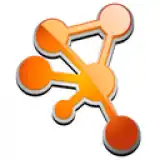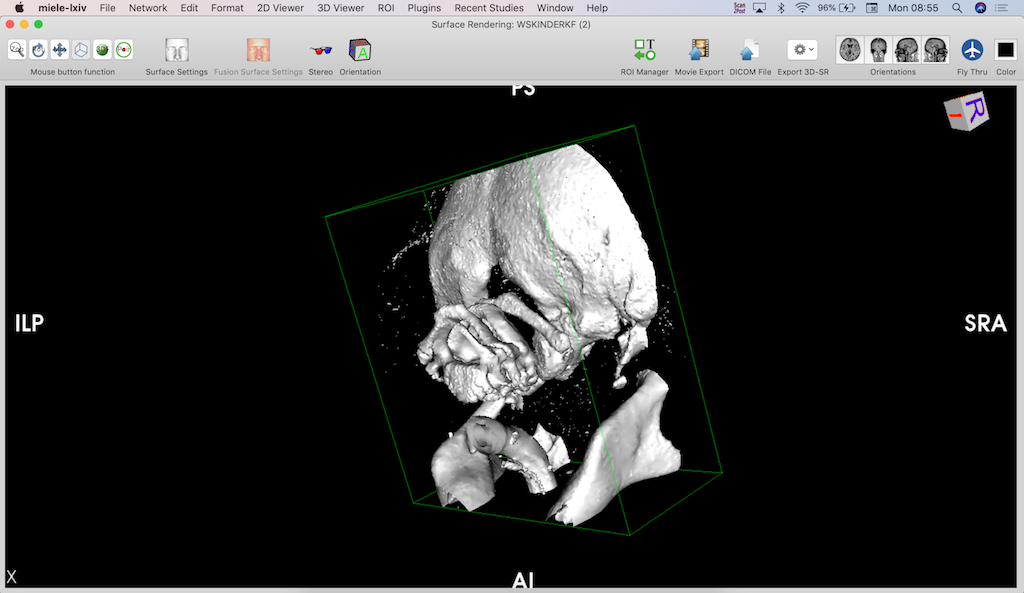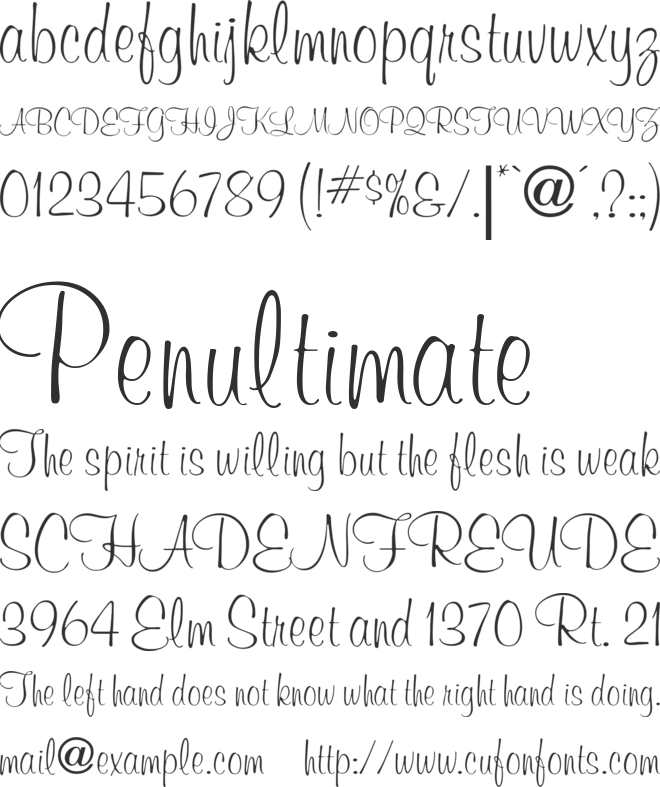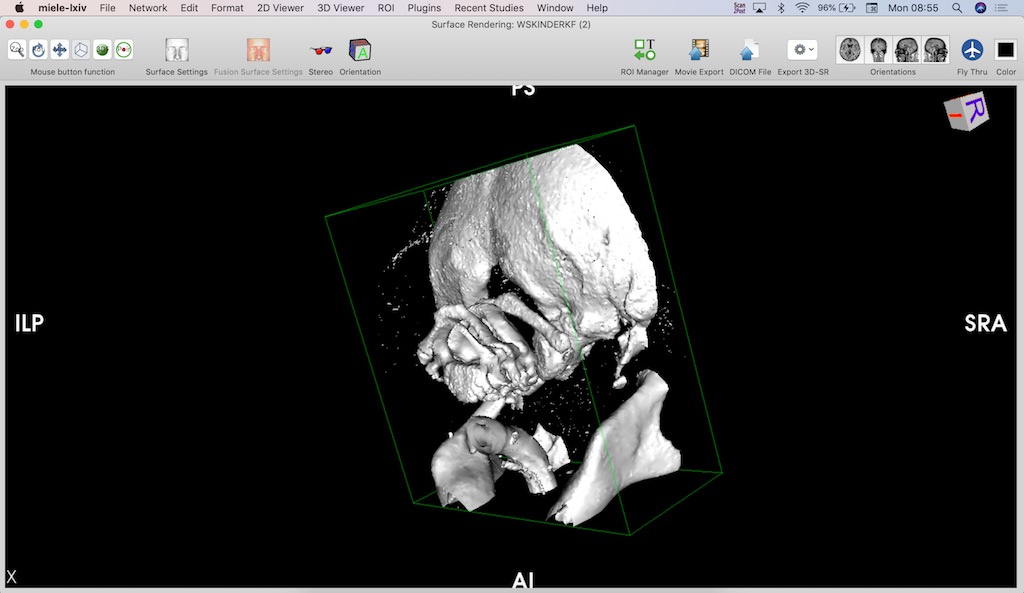- Radiant Radiology Viewer
- Horos Dicom Download
- Miele-lxiv User Manual
- Miele-lxiv Dicom Viewer Download
- Miele-lxiv
- Postdicom
- Radiant X Ray Viewer
Use Miele-LXIV as a DICOM PACS server (C-FIND SCP, C-MOVE SCP, WADO) On-the-fly conversion between all DICOM transfer syntaxes C-GET SCU/SCP and WADO support for dynamic IP transfers DICOM Printing support. Miele-LXIV is a DICOM workstation and viewer. The project started in November 2014 as a fork of the popular open source 32-bit project OsiriX, but it has been modified to become a 64-bit application and to remove many of the limitations of the 32-bit version. Was earlier known as Osirix-LXIV. Miele-LXIV supports German, French, English, Italian, Spanish, Chinese and Japanese. Miele-LXIV supports '3D Ball' and 'Oval and 'Angel'. Miele-LXIV supports DICOM printing 64-bit. Latest libraries supported: TIFF: 4.0.10, VTK: 8.2.0, ITK: 4.13.2, DCMTK: 3.6.4, openssl: 1.1.0j, zlib: 1.2.11, openjpeg: 2.2.0.
PACS stands for Picture Archiving and Communication System, a medical imaging technology which provides economical storage and convenient access to images from multiple modalities.
Miele LXIV is a free DICOM viewer for Mac operating systems. It has advanced features including MPR, MIP, volume rendering, and image fusion. In addition, it also allows 4D viewing of cardiac CTs. It is PACS-integrated and can send and receive files from a PACS database. Miele LXIV is a free DICOM viewer for Mac operating systems. It has advanced features including MPR, MIP, volume rendering, and image fusion. In addition, it also allows 4D viewing of cardiac CTs. It is PACS-integrated and can send and receive files from a PACS database.
DICOM (Digital Imaging and Communications in Medicine) is a standard for handling, storing, printing, and transmitting information in medical imaging. It includes a file format definition and a network communications protocol.
DICOM Workstation works as an option for most medical imaging equipment. It enables healthcare professionals to efficiently display and analyze digital medical images. It can receive digital images from PACS server or virtually any imaging modality including x-rays, MRIs, CTs, and more. It allows remote diagnostic and intensive interpretation of acquired images.
Best Free PACS Clients & DICOM Workstations:
1- Weasis:
Weasis is a powerful standalone and web-based DICOM viewer. It was built to manage DICOM workstations for hospitals. It utilizes OpenCV library which is a powerful CV (Computer Vision) programming library, and uses it to render and process the medical images.

Weasis supports PACS servers. It has a user-friendly and highly customizable interface. It supports multiple languages, themes and multi-touch features.
Weasis is released as an open source under Eclipse Public License (EPL).
Highlights:
- User-friendly and highly customizable interface
- Multi-touch features
- Support for PACS servers
Platform: Windows, Mac and Linux.
2- 3D Slicer:
3D Slicer, a free and open-source platform for analyzing and understanding medical image data. Built over two decades through support from the National Institutes of Health and a worldwide developer community. Slicer brings free, powerful cross-platform processing tools to physicians, researchers, and the general public.

Radiant Radiology Viewer
Slicer is built and tested on many hardware and software platforms. 3D Slicer runs on modern Windows, Mac OS X (10.7 and up), and a variety of Linux distributions.
Highlights:
- Bidirectional interface for devices
- Extensible, with powerful plug-in capabilities for adding algorithms and applications
- Manual segmentation of volumes
- Support for multi-modality imaging including, MRI, CT, US, nuclear medicine, and microscopy
- Interactive visualization of 3D image data
- Python Scripting
Platform: Windows, Mac and Linux.
3- Horos:
Horos is a DICOM viewer for Mac OS X. It was released as an open source under GPL 3.0 license. It is feature-rich DICOM viewer built for professional use. It was built on top of Osirix. We have published a snap review about Horos in here.
Highlights:
- Simple install, and zero configuration
- Plugins manager
- Very easy and simple Preferences/Settings Manager
- DICOM Query
Platform: Mac.
4- Navegatium:
Navegatium is a free DICOM Viewer for Windows 8.1 and Windows 10. It supports Touch Screens and can be installed directly from Windows Store.
It can visualize, analyze and manage DICOM files. It can access image files from removable media, a local drive or a PACS server. It also has integration with PACS (Picture Archiving and Communication System) for hospitals, clinics and research centers, allowing doctors, radiologists, pathologists and researchers consult and store their studies and medical imaging in their work institutions.
We have written a snap review listing all the features of Navegatium, you can read about it in here.
Highlights:

Horos Dicom Download
- DICOM / PACS-ready
- 3D Printing on demand
- 3D Volume rendering
- Reports generation
- Navegatium Knowledge Base: Huge library of DICOM images
- Support for Touch-screens
Platform: Windows 8.1 or Windows 10.
5- Aliza:
Aliza is a DICOM viewer that supports multiple modalities and formats. It has been released for Windows and Linux (Debian, Ubuntu, Fedora, and Redhat). Aliza is in active development and it's getting upgraded often by an active team of developers. Aliza supports 3D and 2D format.
Highlights:
- DICOM Structured Report browser
- DICOM Dictionary (Data Elements and UIDs)
- Directory scanner
- Siemens Mosaic format
- Kretztechnik (Kretz) volume format (partial support)
Platform: Windows and Linux.
6- Miele-LXIV:
Miele-LXIV is a Mac OS X native DICOM workstation and viewer. It's completely free/libre software as it is released under GPL3.0 license. Miele-LXIV is developed and maintained by group of developers who is providing regular upgrade for it.
Miele-LXIV is available for install from the iTunes app store (macApp) which makes it easy to follow its releases and upgrade to the latest release with one click.
Miele-LXIV has a plugin generator that allow developers to build their plugins quickly using Xcode.
Highlights:
- Intuitive GUI
- 4D Viewer for Cardiac-CT and other temporal series
- Plugins support for external functions
- Plugin generator
- Export any 3D images to Quicktime, TIFF, JPEG
- Built-in SQL compatible database with an unlimited number of files
- Query and Retrieve studies from/to a PACS workstation (C-FIND SCU, C-MOVE SCU, WADO)
- Multi-threaded for multi-processors and multi-core processors support
Platform: Mac.
Website: URL
7- Ginkgo CADx:
Ginkgo CADx is an advanced DICOM viewer and dicomizer (converts png, jpeg, bmp, pdf, tiff to DICOM). It has simple user-interface but advanced features designed for radiologists. Ginkgo is in active development and it has been released as an open source for personal and commercial use under GPL3 license. It offers Windows, Linux and Mac OSX installation packages.
Highlights:
- Dicomization support from JPEG, PNG, GIF and TIFF
- PACS Workstation (C-FIND, C-MOVE, C-STORE...)
- Multiple modalities support (Neurological, Radiological, Dermatological, Ophthalmological, Ultrasound, Endoscopy, ...)
- Automatic retinal analysis diagnostics, Psoriasis automatic diagnostics and Retinal image mosaic composition through custom extensions
Platform: Windows, Mac and Linux.
8- SMILI:
SMILI (Simple Medical Imaging Library Interface) is an open-source, light-weight and easy-to-use medical imaging viewer and library for all major operating systems. The main sMILX application features for viewing n-D images, vector images, DICOMs, anonymizing, shape analysis and models/surfaces with easy drag and drop functions. It also features a number of standard processing algorithms for smoothing, thresholding, masking etc. images and models, both with graphical user interfaces and/or via the command-line.
Highlights:
- DICOM and DICOM RT support
- n-D Image Visualisation
- Animating Surfaces
- Polygonal Contouring
- Shape Modelling
- Python Scripting
Platform: Windows, Mac and Linux.
9- Mango:
Miele-lxiv User Manual
Mango is a free cross-platform DICOM program that supports multiple unique formats as well as DICOM images. It is available for use as a free software for non-commercial use. It is developer friendly with nice and easy user-interface. It supports developers to build and extend it with powerful scripting languages as Python and Java. It is highly modular and extensible with plugins and modules.

Highlights:
- Support for Analyze, DICOM, NEMA-DES, MINC, NIFTI and NIFTI2 image formats
- Support for VTK (legacy), GIFTI (.surf.gii) and BrainVisa surface formats
- Partial support for TIFF, Concorde microPET, AFNI (legacy), Stimulate, and CTI ECAT
- Histogram, cross-section, time-series analysis, image and ROI statistics
- Behavioral Analysis, Disease Analysis, Paradigm Analysis, Extract Brain (Separate brain from non-brain tissue) and more functionalities through plugins
- Plugin Manager
- Support for Java Plugin API and Python Script API development
Platform: Windows, Mac and Linux.
10- MicroDICOM:
MicroDicom is an application for primary processing and preservation of medical images in DICOM format.
Miele-lxiv Dicom Viewer Download
It is equipped with most common tools for manipulation of DICOM images and it has an intuitive user interface. It is free for non-commercial use.
Highlights:
- Intuitive user interface
- Structured Reports, MPEG-2 and MPEG-4 transfer syntaxes, Encapsulated PDF
- DICOM viewer portable version
- Measurements and annotations
Platform: Windows.
Conclusion:
Miele-lxiv
There are many free and great DICOM/PACS Programs, but we think that Weasis (Windows, Mac and Linux), 3D Slicer (Windows, Mac and Linux), Horos (Mac) and Navegatium (Windows 8.1 or above) are the best choices due to their features and active development.
Medevel's DICOM and PACS Archive
Postdicom
- Free & open source DICOM viewers for Windows.
Radiant X Ray Viewer
The BoneBox™ Skull Viewer is a real-time 3D medical education tool that features exceptionally detailed anatomical skull models and unique interactive elements. It is developed by a team of anatomists, certified medical illustrators, animators, and programmers using actual human CT imaging data, and cutting-edge 3D modeling techniques.
Interaction with the BoneBox™ Skull Viewer utilizes true “real-time 3D”. Unlike other anatomical apps and programs, there are no pre-rendered frames or animations. Therefore, the user can orient the 3D skull in any position and zoom in to any location to explore anatomical structures.
The BoneBox™ Skull Viewer is appropriate for users at all levels, from secondary students to medical professionals.
FEATURES
• Views: By selecting the “Views” menu he user can interact with sagittal, coronal, and transverse sections of the skull. Color-coded, didactic models clearly show the bones that comprise the skull.
• Pins: By turning on the color coded pins, the user can study the names and locations of over 100 anatomical structures, including: bones, foramina, and prominent anatomical features. The pins and labels remain on screen and in the exact anatomical location during all real time 3D user interaction.
• Pen tool: Drawing with the multi-colored pen tool allows the user to draw directly on the surface of the 3D skull for use in the clinic, or classroom.
• Quizzing: The BoneBox™ Skull Viewer an excellent tool for any anatomy lecture or lab. Using the custom pin tool, instructors can place color-coded pins anywhere on the skull. Once placed, the instructor can write a question on the label of that pin. Students can then rotate the skull in 3D to gain a better understanding of that pin’s location on the model.
About iSO-FORM
iSO-FORM is a team of award winning medical artists, programmers and innovators who believe that we are on the verge of a new era of learning, where the user doesn’t just memorize facts, but discovers them through engaging interaction and exploration. We’re passionate about science, technology and art, so we live and work at that intersection. If we’ve piqued your curiosity, check us out at: www.iso-form.com.
